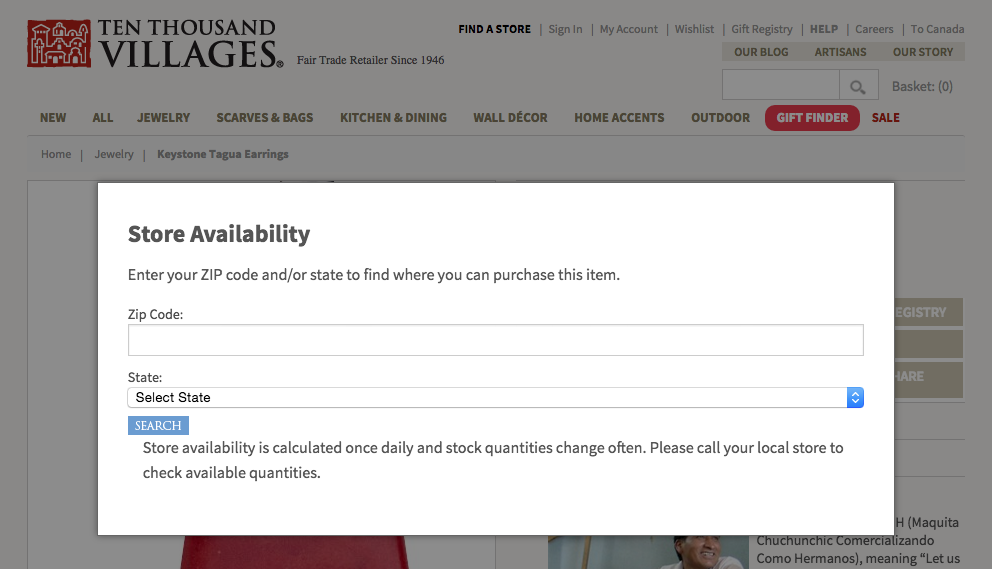Creating the Unified Customer Experience (Part 1)
3 Min Read
Today, an important trend in retail is moving toward the “unified customer experience.” If you’re not familiar with this term, the idea is simple: Merchants need to serve the customer, anywhere, on any device. The responsive site, the mobile app, and the integrated brick-and-mortar store need to work as one.
If this sounds familiar, that’s because it is. For a while now, those of us in retail and commerce have been hearing the buzzword “omni-channel.” The concept is the same; every retailer wants to be able to serve customers well across channels and devices, whether they’re in a physical store, using their laptop, or shopping from a smartphone. Increasingly, however, it’s becoming clear that this concept of channels is outdated.
Why? A channel is a business term, and it is irrelevant to customers. They don’t see themselves in a channel, they see themselves simply as shoppers interacting with a business. It’s time businesses stopped thinking in terms of channels, too. Instead, we should move toward the unified customer experience. Rather than splitting each component into these separate silos, the unified customer experience is about bringing them all together.
Your customers already expect it! According to the Pew Research Center, 63% of American cell phone owners use their phones to go online. On top of that, a Forrester report found that 52% of in-store purchases are influenced online, and that number is only expected to grow. Shoppers are exhibiting this behavior, so it’s time for merchants to catch up.
Creating a unified customer experience is not a “one size fits all” solution. There are many ways to implement this strategy, and the key is discovering and delivering what best suits your brand and your customers. One example comes from Corra client Ten Thousand Villages.
With an ecommerce site as well as more than 70 retail stores in the U.S., Ten Thousand Villages wanted to leverage their online presence to influence sales in stores. According to Forrester, 73% of consumers are likely or very likely to visit a local store if the retailer provides in-store product availability information online, compared with 36% of customers who would visit a store if no inventory information was available online. In other words, consumers generally won’t bother going to a store without knowing whether the products they want are in stock.
Ten Thousand Villages enlisted Corra to create a custom table to hold product inventory from all of their physical stores and integrate with the ERP system to synchronize the inventory. Now, shoppers can view in-store product availability on the website’s product detail pages by entering their zipcode or state. This integration also allowed Ten Thousand Villages to showcase products online that are only available for purchase in stores. Customers can find details about these “offline” products on the website, including in-store availability, but they cannot add them to the cart.


Many other brands are ready to follow Ten Thousand Villages’ lead in creating a unified customer experience. A survey by the NRF showed that 53% of US retailers plan to roll out a unified customer experience or platform in the near term, and around 2/3 expect to see real gains from this unification of their business. Will your brand be among them? Now is the time to develop a strategy.
Header image via Gigaom.
_______
Sasha Butkovich is Marketing Copywriter at Corra, a New York, Los Angeles and London based digital commerce agency creating unified commerce experiences for fashion, lifestyle and beauty. With a team of 100+ ecommerce strategy, design and technology professionals, Corra delivers rich shopping and buying experiences across all channels and devices. Corra is trusted by retailers of all sizes to implement and support Magento Enterprise, Demandware and hybris platforms.

